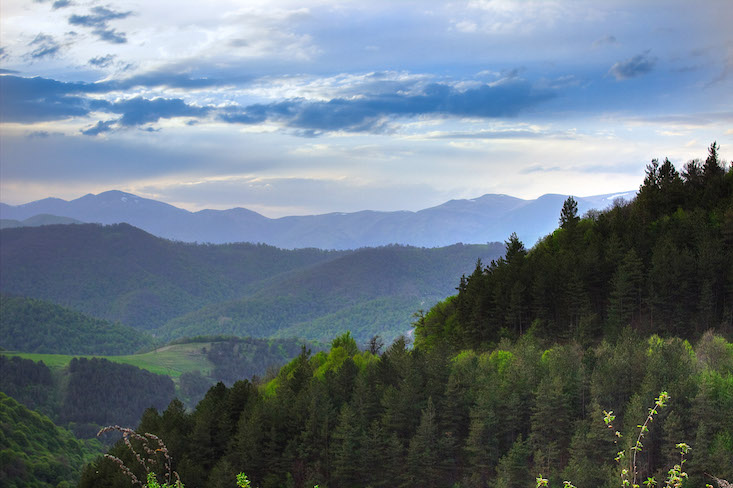Armenia has eyes on the future as it launches major international arts initiative

The Dilijan Arts Observatory, a major Armenian international arts initiative, is set to launch on 22 August.
The event aims to reinvigorate the country’s cultural and economic development, and will see artists, cultural historians, designers, and scientists come together for three weeks in the ancient spa town of Dilijan.
The climax of the event will be on 10 and 11 September, when participants will present their research on a range of topics, including local craft, astronomy and Soviet architecture. On these dates Dilijan will also host all-night musical events, food tasting performances and exhibitions.
While around a third of participants in the initiative are Armenian, the impressive lineup features an array of prominent local and international figures, including Armenian curator Vigen Galstyan, Lebanese artist Haig Aivazian and Australian fashion designer Misha Hollenbach of Perks and Mini.
Beyond this year’s event, there are plans to hold a second think tank next year, culminating in exhibitions at Berlin’s Hamburger Bahnhof in November 2017 and the Centre Pompidou, Paris, in summer 2018.
“We didn’t want to create a biennial or put pressure on artists to produce works in three weeks, but we didn’t want it to be a purely discursive summit either,” said Clémentine Deliss, the former director of Frankfurt’s Weltkulturen Museum and the curator behind the project.
In the longer term the strategy is to set up an art academy in Dilijan that will have a broad scope. In addition to art, the school will offer classes in a range of disciplines, encompassing what Ms Deliss describes as “life practices” such as law, medicine and botany. She also proposes that the academy could be involved in the making of goods.
“I’m interested to see if we can put our finger on a prototype; it could be a plant-derived product like Moroccan argan oil,” Deliss says, adding that an academy with such a broad scope could serve as a template for similar instutions elsewhere. “The idea is to create a model for an institution that could apply to all parts of the world,” she stated.
Source: Asbarez